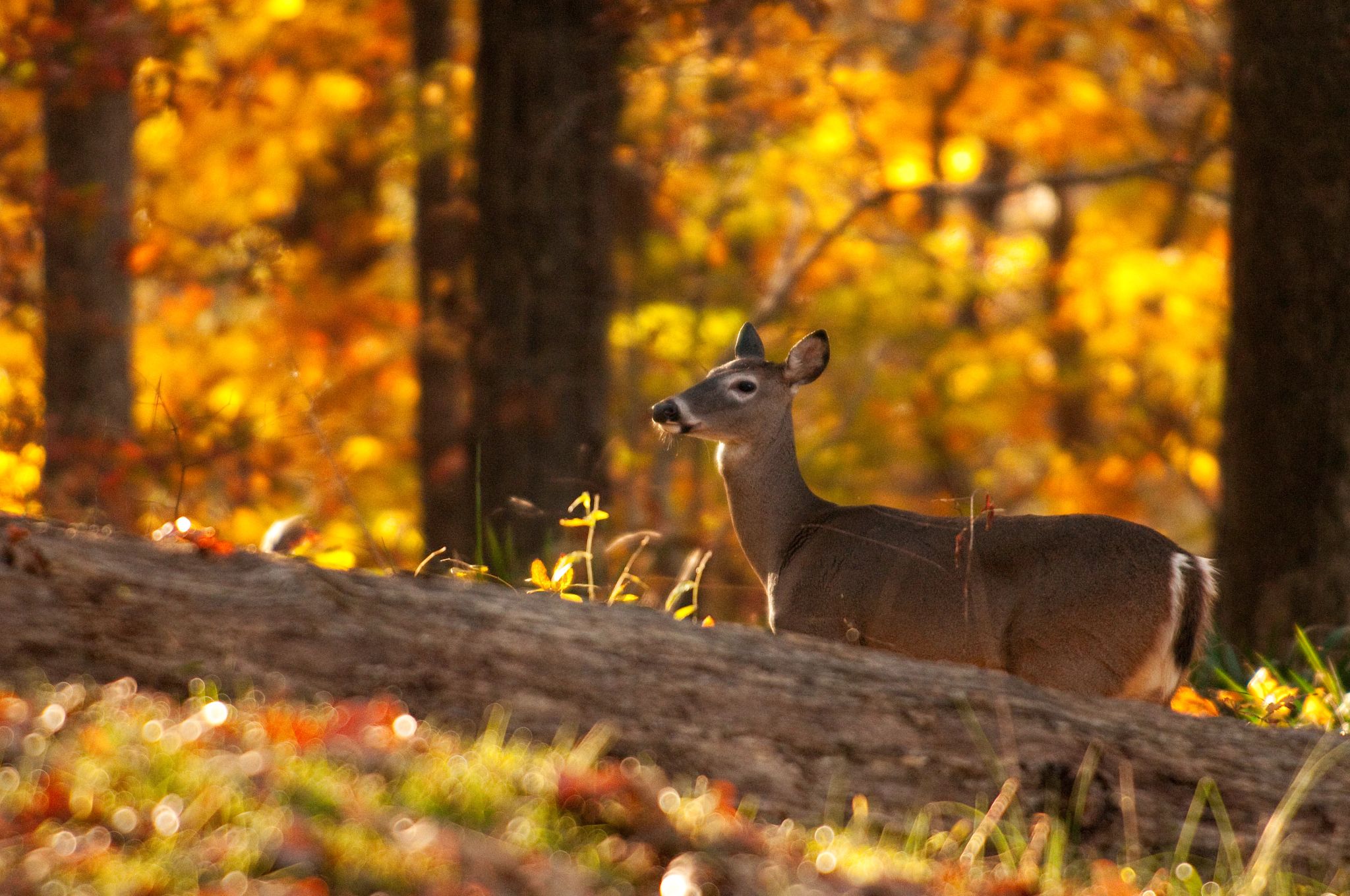Contact: DNR Office of Communications
DNRPress@wisconsin.gov
Deer Season Is Here: Test Harvested Deer For CWD Before Consuming Venison
 The DNR encourages hunters to submit a sample using one of four easy options.
Photo credit: iStock/vicm
The DNR encourages hunters to submit a sample using one of four easy options.
Photo credit: iStock/vicm
MADISON, Wis. – Hunters are encouraged to get their deer tested for chronic wasting disease (CWD) before consuming venison.
As a precaution, the Wisconsin Department of Health Services (DHS), Centers for Disease Control and World Health Organization recommend the public only consume venison from deer in which CWD is not detected. Because infected deer can look healthy, DHS encourages testing for the disease regardless of your harvested deer’s physical condition, especially in areas where CWD is known to be present.
CWD is an always-fatal disease that affects the nervous system of deer, elk, moose and caribou. The disease spreads through contact with an infected animal's saliva, urine, feces and natural decomposition after death.
The CWD infectious agent, or misshapen prion, is persistent in the environment and very resistant to destruction. Because of this, baiting, feeding and improper carcass disposal increase the risk of transmission.
CWD Testing Made Easy
The DNR has made CWD testing available and accessible to every hunter in the state by offering free testing and various options to make the sample drop-off process fast and convenient. By having deer tested, hunters help protect the state’s deer herd providing the DNR important data needed to understand where CWD exists on the landscape to slow the spread.
This year, hunters in northeast Wisconsin can contribute to the completion of a multi-year, statwide CWD sampling effort that began in 2018. The northeast counties included in this effort are Brown, Calumet, Door, Green Lake, Fond du Lac, Kewaunee, Manitowoc, Marinette, Oconto, Outagamie, Waupaca, Waushara and Winnebago. Active CWD sampling efforts are currently underway in counties where CWD has already been found.
Check the map on the DNR’s website to see where CWD testing is available.
Test Your Harvested Deer For CWD
The DNR offers four easy ways to submit a sample:
- Self-service kiosks open 24/7. Kiosks have supplies for hunters to drop off their adult deer’s head with 5 inches of neck attached for testing. This is a great option for antlerless deer or any deer that has already been skull-capped or caped out by a taxidermist. Hunters can find a location near them by checking the DNR’s CWD sampling webpage.
- In-person with cooperating meat processors, taxidermists and other businesses. This is a great option for hunters with a deer they intend to mount. If your taxidermist is not a cooperator, ask for the caped-out head back so you can drop it off at a kiosk. Meat processors/other businesses can collect the deer head for sampling later or remove the lymph nodes at the time of drop-off. Use the interactive map on the DNR’s webpage to find locations near you.
- At-home lymph node sampling. These kits are available for those interested in collecting their own CWD sample and for hunters who are unable to stop by a kiosk or cooperator within a day or two of harvesting a deer. Hunters can extract the retropharyngeal lymph nodes using an instruction kit provided by the DNR and return them to the DNR for testing. Hunters can contact their local wildlife biologist to get a kit.
- By appointment with local DNR staff. This is a good option for hunters who want to have a European mount done. Hunters can contact their local wildlife biologist to schedule an in-person appointment.
When submitting a sample for testing, try out the DNR’s new online CWD form to complete the process. Hunters can access the form in their Go Wild harvest history after a registering their deer.
The online form automatically fills in your name, contact information, customer ID number and harvest registration number and includes an interactive map to drop a pin on your harvest location.
Follow Baiting And Feeding Restrictions
While planning your hunt, be sure to check baiting and feeding restrictions in your county. Even where baiting and feeding are allowed, the DNR encourages hunters to reconsider using these practices to reduce the risk for disease transmission.
Bait and feed placed on the landscape, even in limited quantities, often attracts unnatural numbers of deer and can increase the likelihood of transmission between deer.
Properly Dispose Of Deer Carcass
Once hunters have finished processing their harvested deer, they can safely dispose of deer carcass waste in a landfill or transfer station that accepts this waste, or in deer carcass dumpsters provided in partnership with individuals and organizations around the state.
Proper carcass disposal helps slow the spread of CWD by removing potentially infected deer waste from the landscape.

